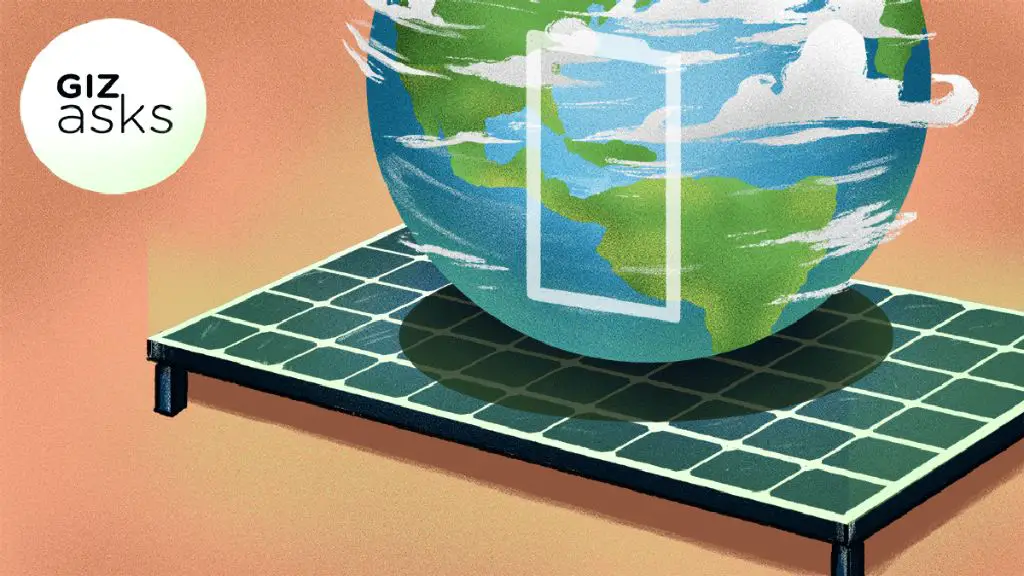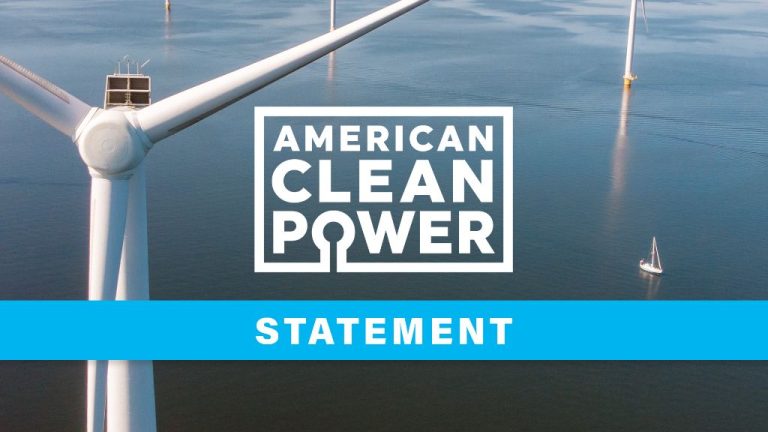Will The World Ever Run On Renewable Energy?
Will the World Ever Run on 100% Renewable Energy?

The prospect of the world running entirely on renewable energy has captured the imagination of environmentalists, scientists, businesses, and governments. But is this vision of a fossil fuel-free future attainable, or merely a utopian fantasy? In this comprehensive overview, we’ll examine the growth of renewables to date, the economic and technological trends propelling the industry forward, the obstacles that remain, and what the experts predict for the coming decades. By evaluating all perspectives on this complex issue, we’ll gain deeper insight into the future of renewable energy and its potential to transform the global energy landscape.
Current State of Renewable Energy
According to the International Energy Agency (IEA), renewable energy accounted for over 28% of global electricity generation in 2020, with the share of wind and solar PV doubling to 10% in just 5 years. The IEA predicts the share of renewables reaching 42% by 2028 (source).
The share of renewables in electricity production globally has risen from 24% in 2010 to nearly 30% in 2020, an increase of 10 percentage points in just a decade, according to Enerdata (source). The growth has been especially pronounced for solar and wind energy.
According to Our World in Data, the share of electricity from solar and wind grew from less than 1% in 2008 to over 8% by 2018 globally (source). Rapidly falling costs for solar panels and wind turbines coupled with supportive government policies have enabled this exponential growth.
Benefits of Transitioning to Renewables
Switching to renewable energy sources provides several key benefits for society and the environment. Firstly, renewable energy generates little to no greenhouse gas emissions, which is crucial for reducing carbon emissions and mitigating climate change. According to the EPA, renewable electricity production in the U.S. avoided over 200 million metric tons of carbon dioxide emissions in 2020 alone (https://www.epa.gov/statelocalenergy/local-renewable-energy-benefits-and-resources).
Secondly, expanding renewable energy can increase America’s energy independence by relying more on domestic resources and less on imported fossil fuels. The Department of Energy states that renewable energy allows for “more diversity in electricity supply” (https://www.energy.gov/eere/renewable-energy).
Lastly, renewable energy creates more jobs than fossil fuel energy. According to the Union of Concerned Scientists, job growth in solar and wind is increasing rapidly while coal, oil, and gas jobs are declining. In 2019, the U.S. had over 500,000 renewable energy jobs compared to fewer than 200,000 fossil fuel jobs (https://www.ucsusa.org/resources/benefits-renewable-energy-use). The transition to renewables stimulates local economies and provides new employment opportunities.
Challenges of Transitioning
While renewable energy holds great promise, transitioning the world’s energy system to run primarily on renewable sources faces some key challenges. One major barrier is the intermittency of sources like wind and solar power. Unlike fossil fuels that can generate energy consistently, wind and solar generation fluctuate based on weather and time of day, creating reliability issues for the grid (1). To overcome intermittency, major investments in energy storage, transmission infrastructure upgrades, and demand management are required.
Another obstacle is the high upfront costs associated with building large-scale renewable energy projects compared to the low operating costs of fossil fuel plants. Constructing wind farms, solar fields, hydroelectric dams, and other renewable assets is capital-intensive. Though renewable operating costs are minimal, the initial investment remains a barrier, especially in developing nations (1). Significantly scaling renewable deployment worldwide requires overcoming these cost hurdles through technological innovation, manufacturing improvements, and financing mechanisms.
Additionally, transitioning to a renewable energy system necessitates massive buildouts of complementary infrastructure like high-voltage transmission lines, electric vehicle charging networks, and battery storage facilities (2). Scaling grid infrastructure to handle high penetrations of variable renewables represents an engineering and logistical challenge. Planning and constructing this supporting infrastructure will require unprecedented coordination between public and private entities.
(1) https://business.bofa.com/en-us/content/challenges-to-renewable-energy-transition.html
(2) https://www.wilsoncenter.org/article/promise-and-pitfalls-clean-energy-transition
Government Policy
Government policies at the federal, state, and local levels have aimed to accelerate the transition to renewable energy through various mechanisms. Key policy initiatives have focused on providing financial incentives like subsidies and tax credits, regulating greenhouse gas emissions, and phasing out the use of fossil fuels.
Financial incentives for renewable energy have primarily come in the form of tax credits, grants, rebates, and other subsidies. At the federal level, investment tax credits have helped offset the upfront costs of installing renewable energy systems like solar panels and wind turbines (1). Many states also offer additional tax credits, property tax exemptions, or sales tax exemptions for renewable energy equipment and installation (2).
Government policies have also aimed to make fossil fuel energy more expensive through emissions regulations and carbon pricing programs. At the EPA, emissions standards like the Clean Power Plan sought to reduce carbon emissions from power plants (3). Regional cap-and-trade programs like the Regional Greenhouse Gas Initiative have put a price on carbon emissions in participating states (4).
Some governments have gone even further by setting mandatory renewable energy targets and phasing out fossil fuel use. For example, California has mandated that 100% of electricity come from carbon-free sources by 2045 (5). Many cities and towns have enacted policies prohibiting new fossil fuel infrastructure or requiring that new buildings rely primarily on renewable energy (6).
These kinds of regulatory policies and financial incentives at multiple levels of government have aimed to accelerate the transition away from fossil fuels and toward renewable energy.
(1) https://www.energy.gov/femp/federal-agency-use-renewable-electric-energy
(2) https://www.epa.gov/statelocalenergy/state-renewable-energy-policies
(3) https://www.energy.gov/scep/slsc/policies-and-programs
Public Opinion
Public opinion polls show high levels of concern about climate change and strong support for transitioning to renewable energy among Americans. A 2023 Pew Research Center survey found that 79% of U.S. adults say the government is doing too little to reduce the effects of climate change [1]. Additionally, 82% favor expanding solar panel farms and 75% favor expanding wind turbine farms [1]. A 2022 Pew survey found 69% say developing renewable energy should be a higher priority than fossil fuel sources [2]. And a poll by the Clean Power organization found 80% believe renewable energy is as reliable or more reliable than traditional sources [3].
Technological Advances
There have been major advances in renewable energy technologies in recent years that make the transition to a 100% renewable energy system more feasible. Three key areas of innovation are battery storage, smart grid integration, and offshore wind.
Improvements in battery storage technology, like lithium-ion batteries, allow renewable energy to be stored so it can be used when the sun isn’t shining or wind isn’t blowing.IEA notes battery storage capacity has expanded rapidly, with projects 100 times larger being built today compared to 5-10 years ago. Costs have also fallen nearly 90% in the last decade. Better storage enables much greater adoption of renewables.
Smart grids use digital technology to balance electricity supply and demand in real-time. This allows the grid to integrate more intermittent renewable sources efficiently. Investment in smart grid infrastructure is crucial for managing the variability of renewables at scale.WEF reports over 90 countries are now investing in smart grids to enable the renewable transition.
Offshore wind has emerged as a major renewable energy source. Advances in offshore turbine technology, construction techniques, and economies of scale have caused costs to fall. Offshore wind capacity is projected to expand 15-fold worldwide by 2040. The abundant offshore wind resource near major coastal cities makes this a key future renewable.
Corporate Commitments
Major corporations around the world are committing to renewable energy to meet sustainability goals and respond to investor pressure. Some of the largest U.S. companies adopting renewables include Apple, Amazon, Microsoft, Google and Walmart [1]. Apple currently powers all of its facilities with 100% renewable energy and has committed to transitioning its entire supply chain to clean power by 2030 [2]. Other companies leading the adoption of renewables include Intel, Cisco, GM, Starbucks, Samsung and more. Many investors have pressured companies to commit to renewable energy to show corporate responsibility and address climate change risks, and sustainability initiatives have become an expected part of doing business.
Projections and Predictions
Many organizations have produced forecasts and scenarios related to the future growth of renewable energy. According to the International Energy Agency (IEA), renewables are set to contribute 80% of new power generation capacity through 2030 under current policy settings, with solar power alone accounting for 60% of that growth.
The IEA predicts that by 2030, global renewable electricity capacity will increase more than 60% from 2020 levels to over 4600 GW. This is equivalent to the current total global power capacity of fossil fuels and nuclear combined. The share of renewables in total power generation is projected to rise from 29% in 2020 to over 45% in 2030 if current policies remain unchanged.
However, the IEA notes that achieving net zero emissions by 2050 will require much faster growth in renewables. Under their Net Zero Emissions by 2050 Scenario, renewable capacity is projected to more than double from 2020 to 2030 to over 8000 GW and reach over 25,000 GW by 2050.
According to the U.S. Energy Information Administration (EIA), renewable energy consumption in the United States is projected to increase from 11.3 quadrillion Btu to 19.8 quadrillion Btu between 2022 to 2050 in their reference case. This represents an increase from 22% to 42% of total U.S. energy consumption.
The Intergovernmental Panel on Climate Change (IPCC) states that reaching net zero CO2 emissions globally will require renewable energy to supply 70–85% of electricity by 2050. With sufficient political will and technological innovation, experts generally agree that high penetrations or even 100% renewable electric grids are technically feasible in many regions of the world.
Conclusion
As we have explored, the world’s transition to renewable energy is well underway. Renewables are becoming cheaper and more efficient, more governments are setting ambitious climate targets, corporations are making commitments to be carbon neutral, and public opinion continues to shift in favor of sustainability.
While the transition brings complex challenges, the technology exists to overcome them. With the right policies, investments and innovations, renewable energy could feasibly generate most or even all of the world’s power within the next few decades.
The future is bright for renewables. With ongoing technological advances, falling costs, and mounting climate pressures, momentum toward a renewable-powered world seems nearly inevitable. If the global community can come together to accelerate this transition, we may be able to power our civilization sustainably for generations to come.





